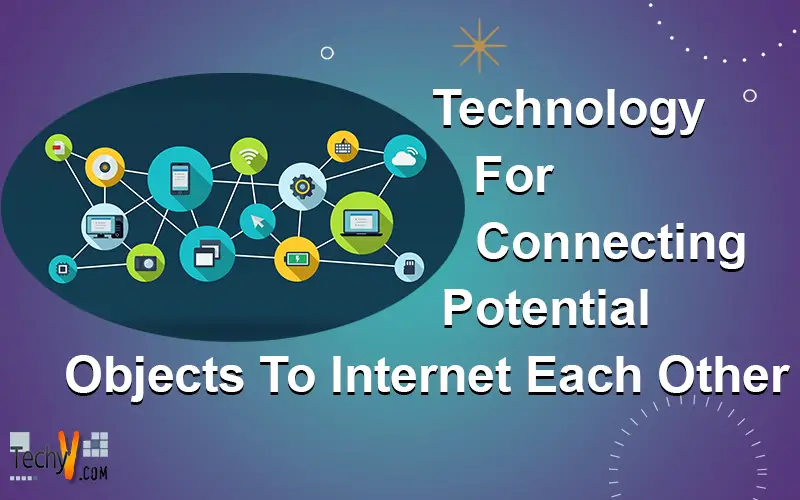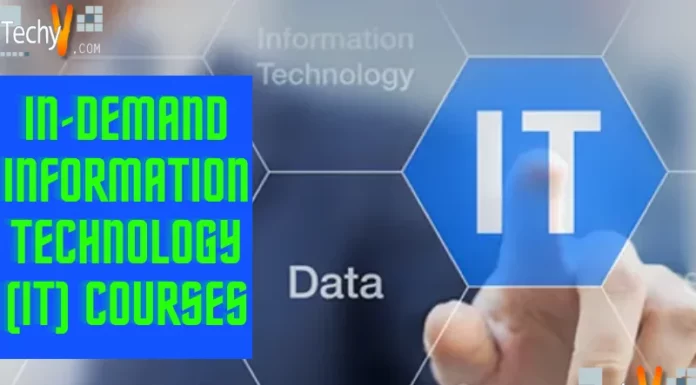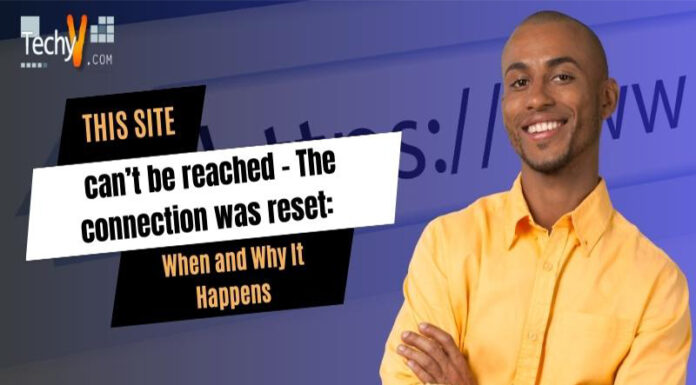There are many technologies for connecting potential objects so that they can internet each other. One of the them is called the internet of things. The internet of things also named as IOT is an inter network connection between smart devices, buildings and other things like electronics, sensors and actuators that allow these things to collect and interchange data between them. In 2013 the Global Standards Initiative on Internet of things titled it as “The infrastructure of the information society.”
The time when IOT is used with sensors and actuators the technology encircles other technologies such as smart homes and smart cities and also becomes an urgent request of the more general class of systems. IOT lets objects to be controlled around pre-present network infrastructure, resulting in improved efficiency and economic benefit along with accuracy. IOT gives an offer of advanced connectivity of systems and devices which is beyond machine to machine interaction and includes a various protocol and applications.
Peter T. Lewis was the great person who invented and introduced the concept of Internet of Things in September 1985. Being a platform of recent Smart City and Smart Energy Management Systems it is also expected to give us a large amount of data from various places and a growth in the need to index, store and process data more efficiently.
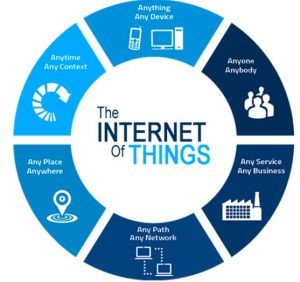
Now the question arises that why is it so important to use IOT? IOT in general provides a platform to monitor the changeable conditions that we are exposed to and it also increases the level of awareness about our world. It also allows us to countless applications starting from trivial to critical and from micro to macro. Some of the advantages of IOT are:
- Natural Disaster Management:-
The capability to know with very high accuracy, the initial condition that promote forest fires before the increase and allowing teams of containment to respond fast. It also detects and responds faster to earthquakes and other natural disasters.
- Urban Management:-
It involves cities and countries traffic system which is automated saving a lot of time from wasting and the automated direction parking applications which shows the places to park the vehicles saving energy.
- Healthcare:-
It included those wearable objects or devices which detects the health problems immediately before it occurs or at the initial stage. It helps people from further increase if the problem by giving required drugs or alerting there family member.
Having advantages does not mean we keep on using it as much as we want because along with these advantages it also has some disadvantages too. And those disadvantages are being:-
- A huge amount of Advertisements:-
As we all see and know, showing so many advertisements when we use something digital is very irritating and frustrating. These are used by many private dwellings to advertise there product and when so many ads come together it becomes rather frustrating.
- Wasting money:-
It was used to be that when we bought a washing machine it was a rare expense. We already had it in our mind that the next washing machine would be brought in next 10 to 15 years. If something went wrong with the machine in between then it was repaired by the mechanic down the road. But nowadys the lifespan of every object like washing machine, heater, microwave etc. has become shorter.
The only benefit is that there is not much things to exchange. But now due to the presence if IOT things have changed. Your mattress may not need replacing every year, but the sensor inside of it may need. Small devices like kettle, switches and toaster expect replacement for a new expense.
So having disadvantages this must be used in a limited manner else it can take your privacy from you and at the end it may be dangerous for you.
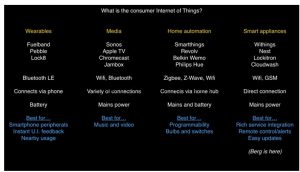
There are 4 types of IOT:-
- Wearables — while consumers are very much confident that technology will make them communicate with surroundings, they also feel that these technologies may not be devices instead they may be sensors and these sensors are called wearables.
- Media — like music and movies.
- Home automation — low latency interactions mean round-tripping to the web isn’t possible.
- Smart appliances — products like dishwasher, air-conditioner etc. needa direct network connection with the services.
There are three types of IOT data sources. They are:-
- Data from passive:-
It is the ability in which data are taken from sensors which don’t act actively. They have to be started first before transmitting data. It only produces data when asked to do so.
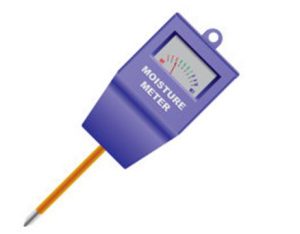
- Data from active:-
It means that the sensor is having a steady flow of data. Thus we need to absorb the data at real-time and the application needs proper IOT interaction capabilities. Data cannot be lost; it needs to be placed correctly during storage and processing.
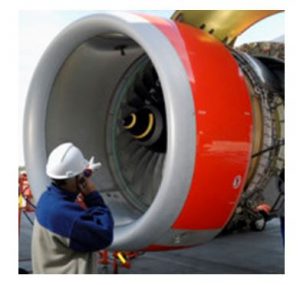
- Data from dynamic:-
This is the most useful one. These are devices having sensors which communicate dynamically. These sensors carry a conversation with IOT applications. It gives the ability to change the data produced and even deal with the security problems.
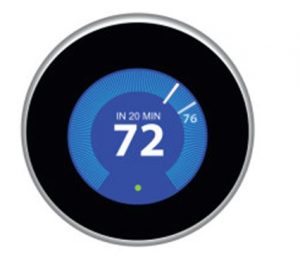
So the Internet of Things has been implemented in many places. Most of the technology advancements needed has already been developed and its implementation has begun in a small way and it would rise for the benefits of wold soon.



